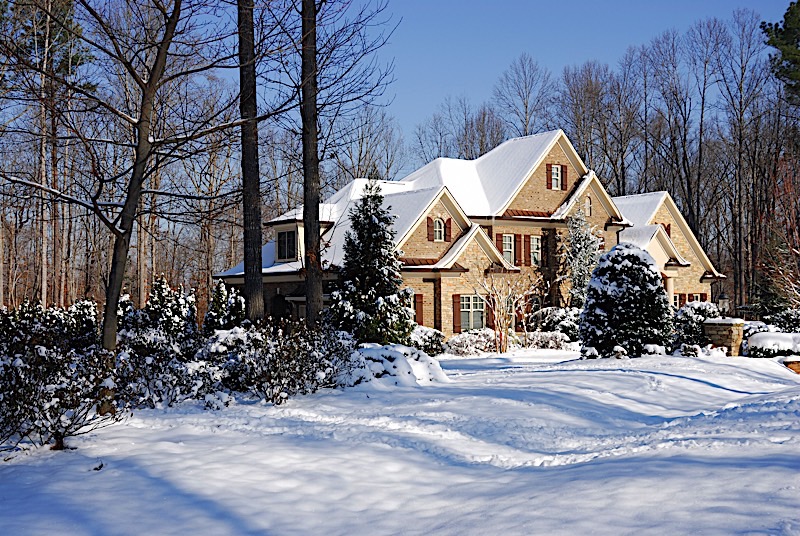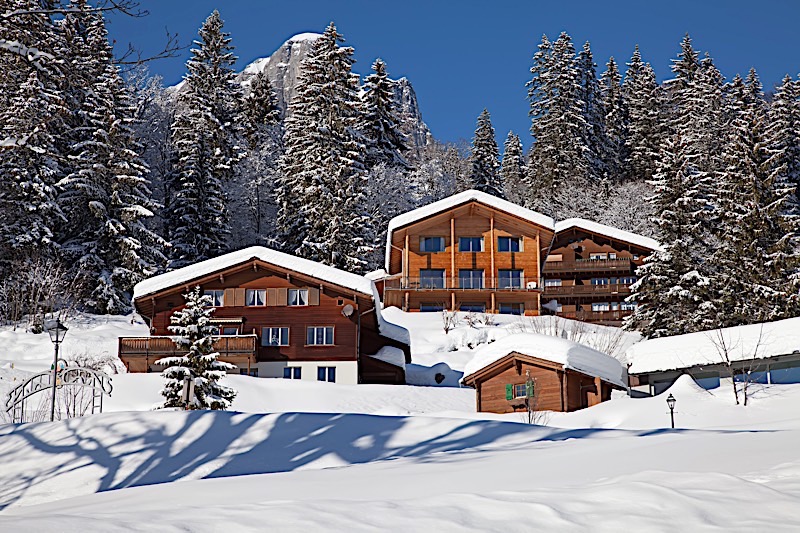Navigating Vacation Rental Prices Over The Winter
By Than Merrill
Understanding vacation rental prices is the surest way to make sure passive income real estate investors aren’t confronted with the biggest nightmare of them all: the prolonged vacancy. It’s worth noting, however, that landing on the perfect vacation rental prices isn’t always cut and dry; there is a fine line that must be walked. Only those that can price their winter vacation rentals perfectly will be able to realize impressive profits without simultaneously driving away guests. Let’s take a look at what I believe to be the best advice for setting vacation rental prices.
Vacation Rental Prices: Your Guide

Mind Due Diligence
There is too much at stake to blindly settle on a price point for your winter vacation rental without at least a small amount of research on your behalf. If for nothing else, research will determine where your journey begins. And nothing, at least that I am aware of carries more weight on your path to pricing a rental property than due diligence. In determining vacation rental prices over the course of winter, it’s absolutely imperative that you mind due diligence.
If for nothing else, there is no greater starting point than conducting a fair amount of your own research. It’s worth noting, however, that I said “your own” research. All things considered, the only data you can trust is the data you collect. While you can — and should — listen to what others have to say, take their advice with a grain of salt. Ultimately, the burden of deciphering the information you are given is in your hands, and your hands alone. You are only hurting yourself if you fail to cross-check the data you are presented with on a daily basis. Above all else, be confident in your research; there is nobody more trustworthy than yourself.
Comparables
Not unlike their year-long counterparts, winter vacation rental prices are the result of a myriad of outside factors; many of which are entirely out of your control. While it’s possible to alter the perceived value of a home with some renovations or the addition of a few amenities, the deciding factors — or most relevant I should say — are those that are out of your control. Ten times out of 10, the market itself will dictate the best price point for your winter vacation rental. However, the local market isn’t going to hold your hand through the process; you need to land on a price point that is in line with the other houses in your area.
Otherwise known as comparables, the properties within close proximity to yours (and similar in size) are the perfect control; the reference point you will use to base the rest of your calculations off of. More specifically, look into what similar properties in your area are renting for, and adjust your vacation rental prices accordingly. While it’s not likely that you will find an exact replica of your home nearby, comparables are the prices prospective tenants will use to evaluate their options. It’s in your best interest to price your own winter vacation rental at or near the same point of those homes that will be viewed as your competition. If the market is particularly competitive, I might recommend settling on a price point that is slightly lower than those around you, as to make your property more attractive, and all but ensure you don’t run the risk of a vacancy.
Dynamic Pricing
The owners of winter vacation rentals need to be aware of one thing: seasonal fluctuations. While it’s entirely possible to rent the home out over the course of an entire year, there is a good chance (depending the location in which you chose to invest) that demand will be highest over winter. If of nothing else, that’s he purpose of a winter vacation rental; to serve as a place to go to in the colder months, not away from. Not surprisingly, demand will typically be higher in the winter months. And, as the laws of supply and demand will lead us to believe, higher demand suggests investors can charge more for their rentals. It’s that simple.
However, it’s not enough to simply raise prices; you would run the risk of scaring off prospective tenants. First, make a clear delineation between what are otherwise peak and off seasons. Determine what timeframe you expect to see the most demand for your property, and adjust your prices accordingly. It’s worth noting that renters will expect prices o be higher in peak seasons, and there is nothing to suggest they won’t pay them, but I warn you not to exceed the aforementioned comparables, as you will price yourself out of the market. Again, find out how your competition adjusts prices, and work form there. Know that it’s within your right as a rental property owner to raise prices in times of higher demand, but there is definitely a tipping point.
Vacation rental prices can be a difficult sea to navigate, but there are a few strategies can make the journey a lot easier. The key is to walk a fine line; on that will both net you profits and attract prospective tenants. Only once you are willing to compromise will you reduce the risk of dealing with a vacancy.